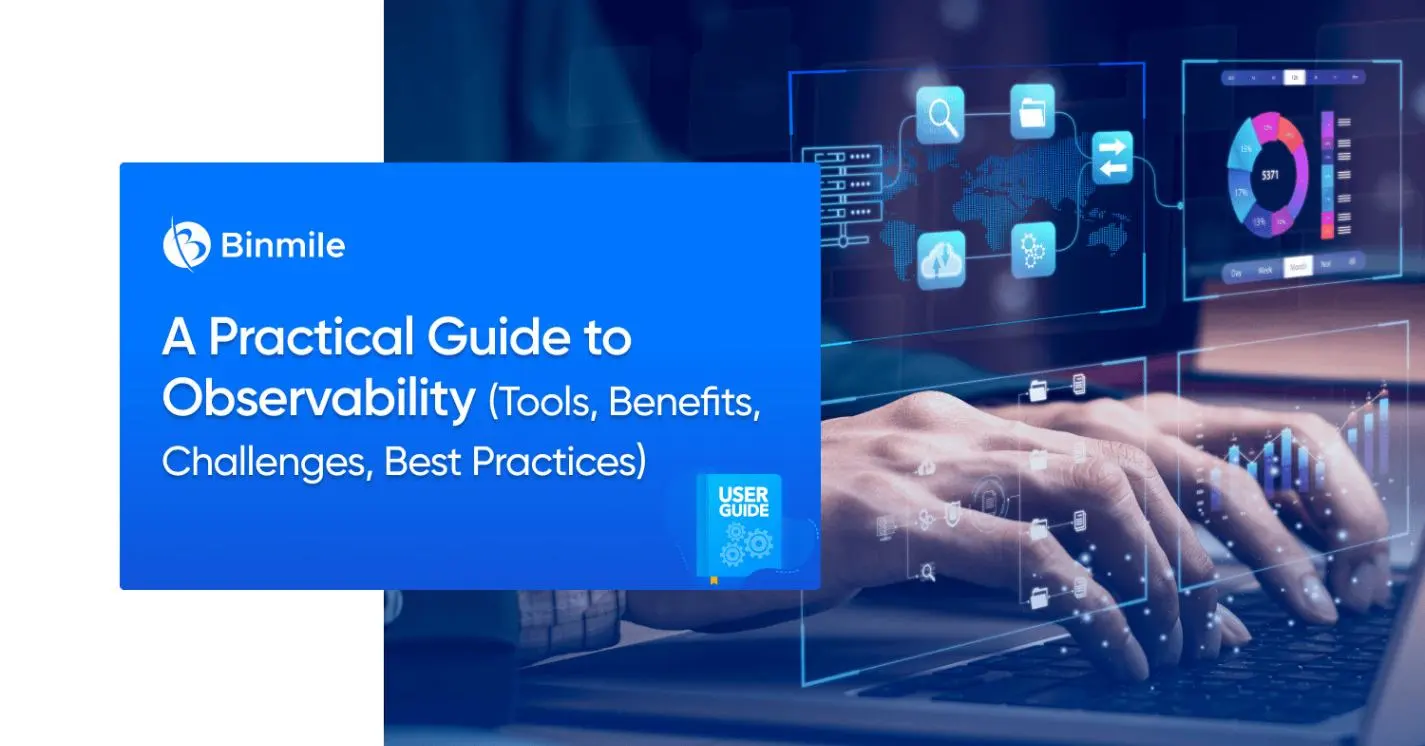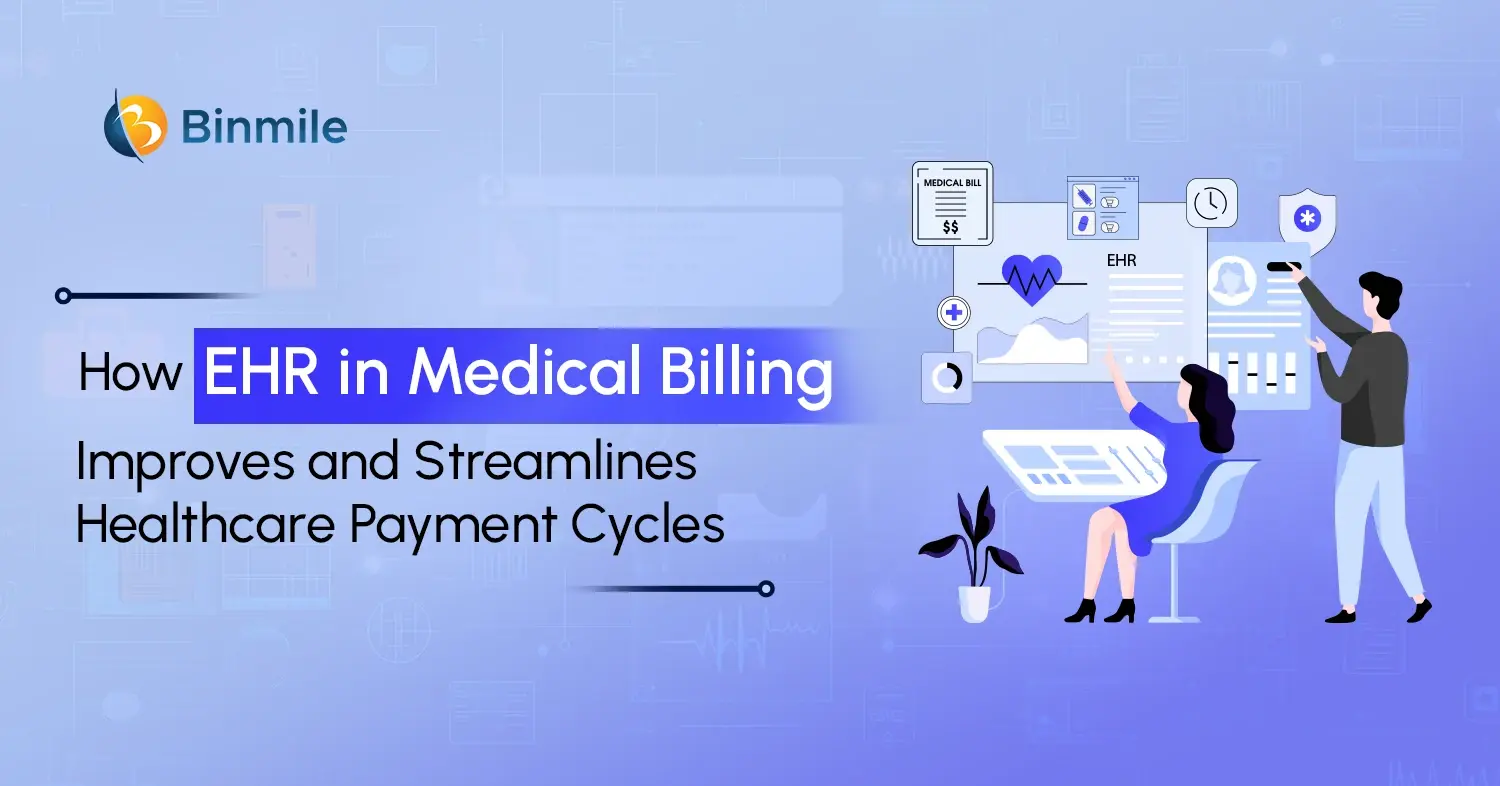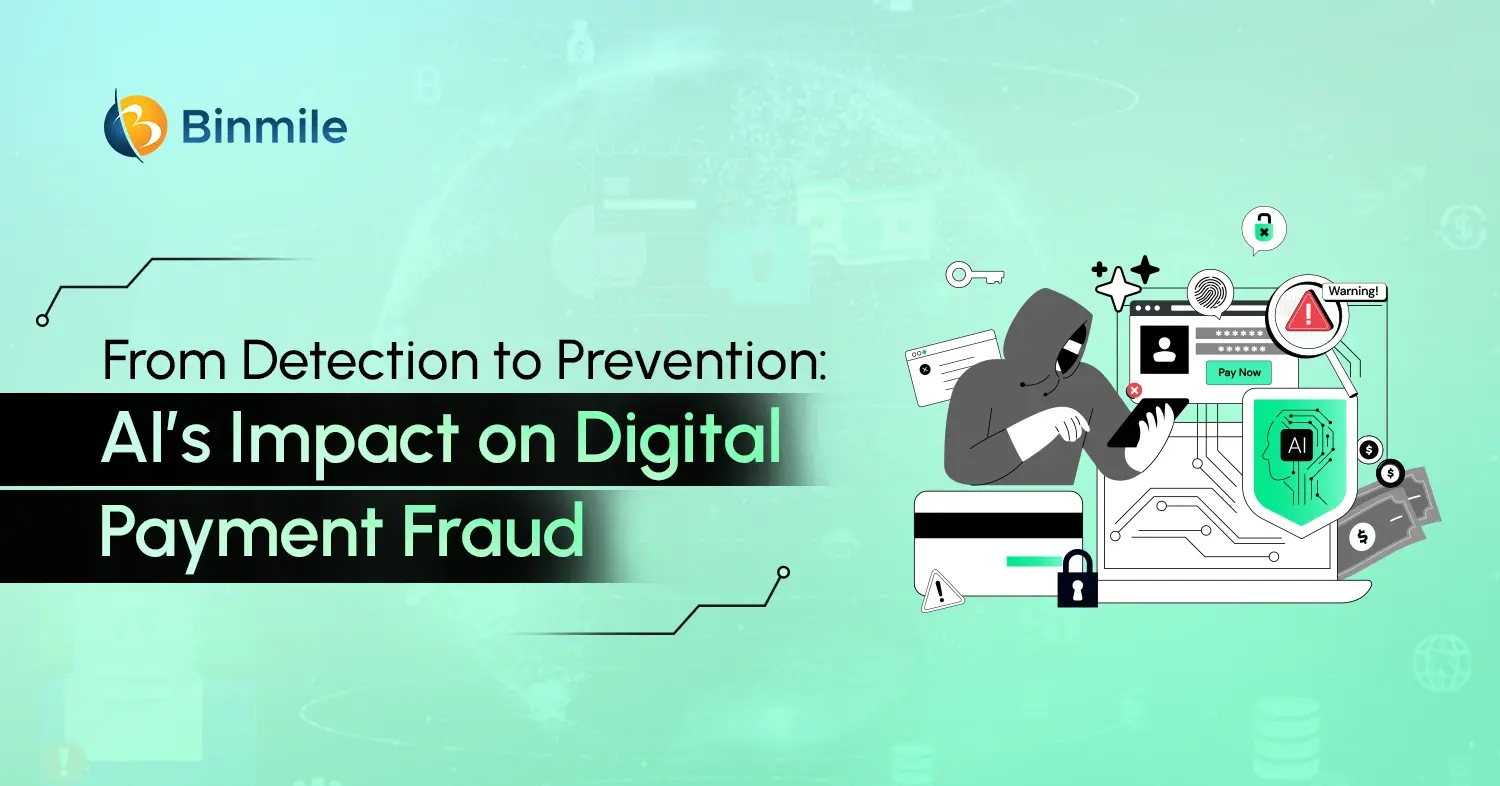Do you know why technical teams often fail to evaluate the root cause of software infrastructures? It happens when they don’t get complete visibility of the systems infrastructures due to the surge in the complexity and scale of dynamic systems architecture or distributed technologies, like serverless computing, Microservices, containers, etc.
Conventional monitoring solutions are no longer efficient in helping IT operations, DevOps, and SRE teams unearth the root cause of issues in problematic infrastructures. To say the least, it would be a herculean task for your teams to track and respond to problems without sufficient observability into increasingly complex and diverse multi-cloud environments or your systems architectures.
What Does It Mean By Observability?
Technically speaking, observability is considered a next line of the innovative stage for managing systems infrastructures, in terms of effective monitoring of distributed technologies or systems, analyzing root causes in a complex architecture, and improving uptime by reducing MTTR (Mean Time To Resolve).
What Is Observability In Simple Words?
Observability helps you understand what’s going on inside a system or a machine by taking a careful look at how it behaves outside of it. Based on this definition, observability is basically giving you an insight into the performance capacity of a system based on its generated data, like metrics, logs, traces, or surface-level information.
These data provide near-comprehensive insights into the systems being evaluated thus so that their performance can be improved later. The reason why a system is termed as “observable” is when it is subjected to evaluation using telemetry data or information.
Why Observability is an Important Factor in Software Infrastructure?
As outlined before, observability relies on telemetric data like logs, metrics, and traces to understand distributed systems. Based on the understanding, it helps resolve issues to make the systems more efficient and reliable.
Most organizations lack complete visibility over their software components running on the cloud infrastructure (i.e. application code, databases, etc.). The role of observability is to gather an insightful understanding of the systems by using telemetric data from different components of the software infrastructure, like database, application code, network traffic, etc. to understand it better.
The end goal is to ensure how the software infrastructure works, problem areas, and find the solutions to optimize the performance of their applications.
PRO TIP: Hire DevOps automation services from a reputed brand for optimized business performance.
Three Types of Telemetric Data Used in Observability
- Logs: They are immutable text records of historical events that took place during a specific time. Logs generally describe three formats, such as plain text (most preferred format), structured, and binary. The structure logs equip additional data and metadata.
- Metrics: Metrics are measured numeric values calculated over a period of time regarding a system’s overall behavior. They are considered measured values that originated from a system’s performance. In observability, metrics are structured and easier to store and observe performance and reliability of a system, in terms of amounts of memory usage, CPU, latency, traffic, error rate, etc.
- Trace: Tracing is another observability technique used to observe an entire lifecycle of a request or request journey across all the nodes of a distributed system. It helps you profile and observe systems so that you can measure overall system performance, identify bottlenecks, and resolve issues quickly. It also helps you concentrate your focus on high-value areas requiring optimization and improvements.
Key Advantages of Observability
1: Application Performance Monitoring
A comprehensive observability technique ensures complete visibility into the performance issues of your applications. It even traces the issues originating from cloud-native and microservices environments. The technique can also be used to bring automated efficiency in processes, boosting the efficiency of your DevOps teams.
2: Reduced Operational Costs
With observability, your business can efficiently trace and fix issues related to infrastructure management. It also helps reduce redundant or irrelevant data and ensures that critical events are prioritized. Therefore, observability allows you to achieve your tasks using small operation teams, which results in a greater reduction in operational costs and saving more money.
3: Confidence Booster in a Complex Cloud Environment
Observability is based on two fundamental parameters – it can help you evaluate an existing system’s performance based on telemetric data, and fix issues faster. So, it comes off as a great solution for a complex cloud environment where visibility is a significant challenge. In fact, it brings more benefits to a more complex infrastructure.
Experts believe that matured observability practice can bring forth boosted confidence in an organization’s ability to roll out excellent and trustworthy digital experience. Companies that adopt observability journeys at all levels have experienced confidence boosts in their ability to satisfy their application performance needs.
4: A Catalyst to a Reliable, Faster Development
One of the most significant benefits of observability is that it allows reliable and faster application development. Organizations that adopted observability techniques in app development have outpaced the beginners in terms of developing applications faster, with less problems and downtime. Besides, it leads them to identify issues related to internally developed applications and fix them more quickly, thereby resulting in great improvement in Mean Time to Detection (MTTD).
According to Forbes, 73% of organizations surveyed reported that they noticed considerable improvement in their app deployment times due to observability adoption. And 75% of those surveyed reported a major improvement in the early detection of issues in their applications due to observability..
5: Higher Visibility and Better Workflow
Development teams often have to go through challenging visibility issues when working in distributed systems. They are clueless as to identifying applicable services in production, or ownership of a specific deployment.
Observability, in this context, gives productivity boosts to the teams by helping them real-time visibility into the systems. On the other hand, observability helps developers with contextualized data pertaining to a specific issue when tracing a request journey. As a result, developers can easily debug the problems and optimize the overall workflow of the application.
6: Boosts Organizational Alignment
With observability, an organization takes a broader picture of its IT infrastructure. The technique helps companies promote cross-functional alignment among security teams and developers, as well as ITOps.
7: Rules Out Unwanted Downtime
Organizations using observability techniques can bring forth greater reduction in downtime in their business-critical applications. By leveraging observability, developers can address the unknown issues in the distributed systems leading to prompt resolution of the same.
As a result, not only downtime is reduced significantly, but it also improves application performance. In fact, observability tools result in a greater reduction in MTTR based on how they provide visibility into a system infrastructure, alerting developers about problems to be fixed later.
8: Enhanced User Experience
Observability helps an organization spot and resolve issues in applications before they come to the notice of end-users. Early detection and resolution of problems in apps lay the solid groundwork for enhanced user experience, eventually.
Key Challenges in Observability
Real-Time Monitoring of Microservices and Containers
- It is challenging for observability to keep monitoring microservices and containers as they are complex infrastructures
- They are characteristically dynamic technologies. So, having real-time visibility into their workloads is very difficult for the IT teams, as they can’t discern the inside of all the key components of these technologies
- Lacking visibility makes developers helpless to understand the real problems in the systems
Dynamic and Complex Nature of Multi-Cloud Environments
- IT teams can’t possibly understand the functionality of everything in multi-cloud environments due to their nature of continuous evolution
- Understanding such a complex environment requires modern tools to get to the bottom of interdependencies
- Observability is impossible due to a lack of visibility into multi-cloud environments, such as AWS, Azure, and Google Cloud Platform (GCP)
Manual Instrumentation and Configuration
- It takes a lot of time for developers when they are compelled to go for manual instrumentation and configuration of code for every type of component.
- Observability becomes a time-consuming process to set up, resulting in time restrictions for IT teams to focus on innovating as per the data insights provided by the observability technique
Numerous Data Formats
- Another challenge in observability is to filter out the right data from aggregated telemetry data from different sources.
- As a result, it is difficult to make available context to interpret data in varying formats
A Difficult Process to Analyze Business Impact
- Observability tools are supposed to bring forth absolute reduction in downtime, better workflow, higher visibility, and other benefits.
- Unfortunately, most organizations focus on speeding up development velocity to materialize faster app product releases rather than settling tech debt. This leads to unnoticeable business impacts of observability tools.
Best Practices for Observability to Make It Actionable for IT Teams
1. Understand Topology And The Context
For this, you need to instrument in a way that forms a proper understanding of relationships between each interdependency of interconnected components in multi-cloud environments.
2. Create Comprehensive Insights
Collect metrics from application components and ensure that logs for metadata are configured. You will have actionable granular metrics once data is processed by observability software. The automated process will also allow passive monitoring.
3. Become Proactive
To identify and fix the issues in distributed systems requires a proactive approach to observability. So, choose the best observability tools based on useful metrics. One of the best ways you can do this is by monitoring database and storage repository sizes. Also, ensure that the telemetric data is verified as clean and stable.
4. Design A System That Can Filter Out Accurate Data
Design an observability system that can filter out accurate data from unwanted ones. It is an effective solution to reducing bandwidth hijacking leading to actionable insights.
5. Create Standardized Data Logging
Create standardized data logging by leveraging Simple Network Management Protocol (SNMP). You can also utilize other mediums for this. Ensure that data aggregation tools have data logging already enabled.
6. Integrate Observability Software For Fixing Issues
Integrate your observability tools with the current ecosystem to maintain an improved environment. The integration will also help in areas where automation is not feasible to identify and fix issues. Also, you can integrate AI/ML to incorporate automation into observability for optimized performance.
7. Choose The Right Vendor
Isn’t that self-explanatory? To ensure that observability tools serve your business purpose better, choose the right vendor. Tools with best visibility into your core architecture and infrastructure are considered best and can help your business reduce operational time and cost.
Closing Statements
Our practical guide to observability, we are sure, will help you with great insights into understanding this technique better. Our coverage of observability, its benefits, challenges, and best practices will help you understand the potentiality of this technique in accelerating your business growth.
Do you want expert help in identifying the right observability tools for your business? Or are you looking for constructive DevOps implementation services? Choose Binmile as a qualified resource for your solutions to anything for your business benefits.









